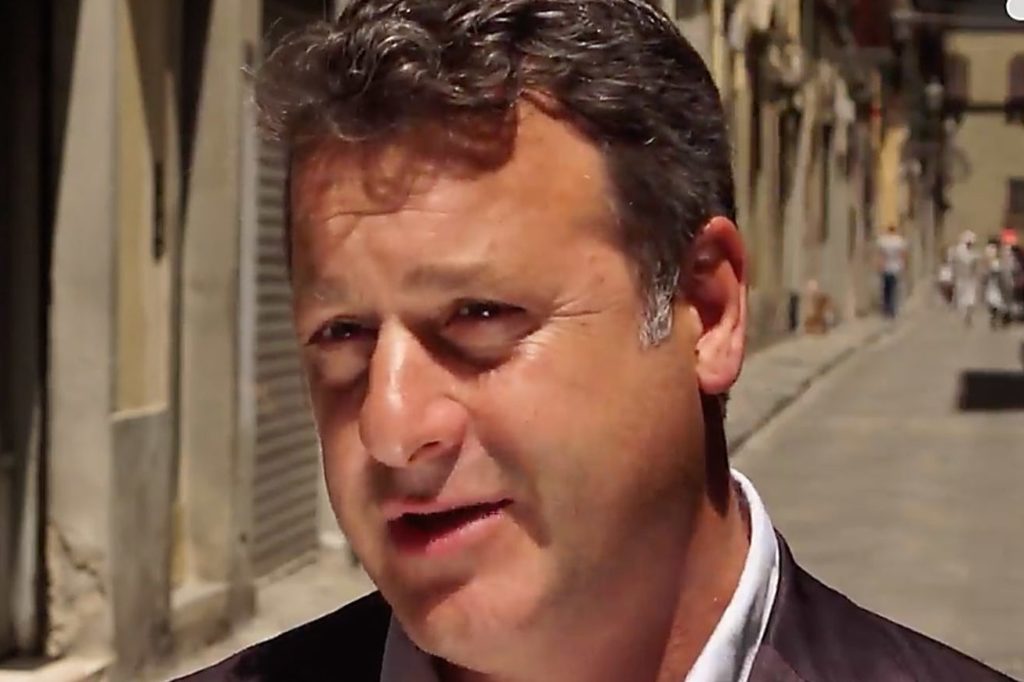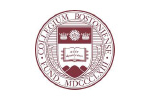
Il Giorno di Santo Stefano
In Italy, St. Stephen’s Day (il Giorno di Santo Stefano) is a national public holiday. Celebrated on December 26, the day after Christmas, Italians honor the saint – the very first martyr ever recorded in Christian theology – with joyous celebrations and time-honored traditions. Italians emerge from their homes on December 26 for a traditional stroll through town (called una passeggiata) to greet friends and visit local Nativity scenes (some of which are reenacted by live performers!).
While Christmas is traditionally a quieter affair, reserved exclusively for family, il Giorno di Santo Stefano is celebrated with friends, neighbors, and townsfolk. The streets of Italy come alive with well-wishers, and festivals and religious processions are held throughout the nation. Many Italians visit local churches and hospitals to make donations in honor of Santo Stefano, and in Padua, over 300 locals participate in staging a live reenactment of the martyrdom of the saint. Later, friends and family gather round for a scrumptious midday feast.

Lorenzo Ghiberti, Saint Stephen (c. 1427-1428), bronze, Museo di Orsanmichele, Firenze
Who Was Santo Stefano?
Santo Stefano is recognized as the very first Christian martyr. According to Acts 6 of the Apostles, Saint Stephen was a Hellenist, a foreign-born Greek-speaking Jew who converted to Christianity. He was one the first deacons of the early Church of Jerusalem, responsible for overseeing the welfare of elderly widows, women and orphans. He was renowned for his charitable acts and for his skills as an evangelist. Acts 6 of the Apostles describes him as a man “full of faith and the Holy Spirit” who performed many “wonders and signs among the people” (Acts 6:8). Santo Stefano’s teachings were very persuasive, and he convinced many to convert to the faith.

Lorenzo Lotto, The Martyrdom of St. Stephen (c. 1513-16), Oil on wood, Accademia Carrara, Bergamo
The success of Santo Stefano’s teachings angered various members of the Jewish synagogues. He was accused of blasphemy and brought on trial before the Sanhedrin (Jerusalem’s rabbinic court), to whom he gave an impassioned defense of his faith, enraging his Jewish audience. He was declared a blasphemer and dragged outside the city, where he was stoned to death. Unsurprisingly, Santo Stefano is the patron saint of stonemasons.
Like many saints, Santo Stefano has his own distinct iconography. He is typically depicted in art with stones protruding from his head, alluding to the way in which he was martyred. Additionally, he is often portrayed holding a martyr’s palm frond and an incense burner and wearing a crown (representing martyrdom).



















